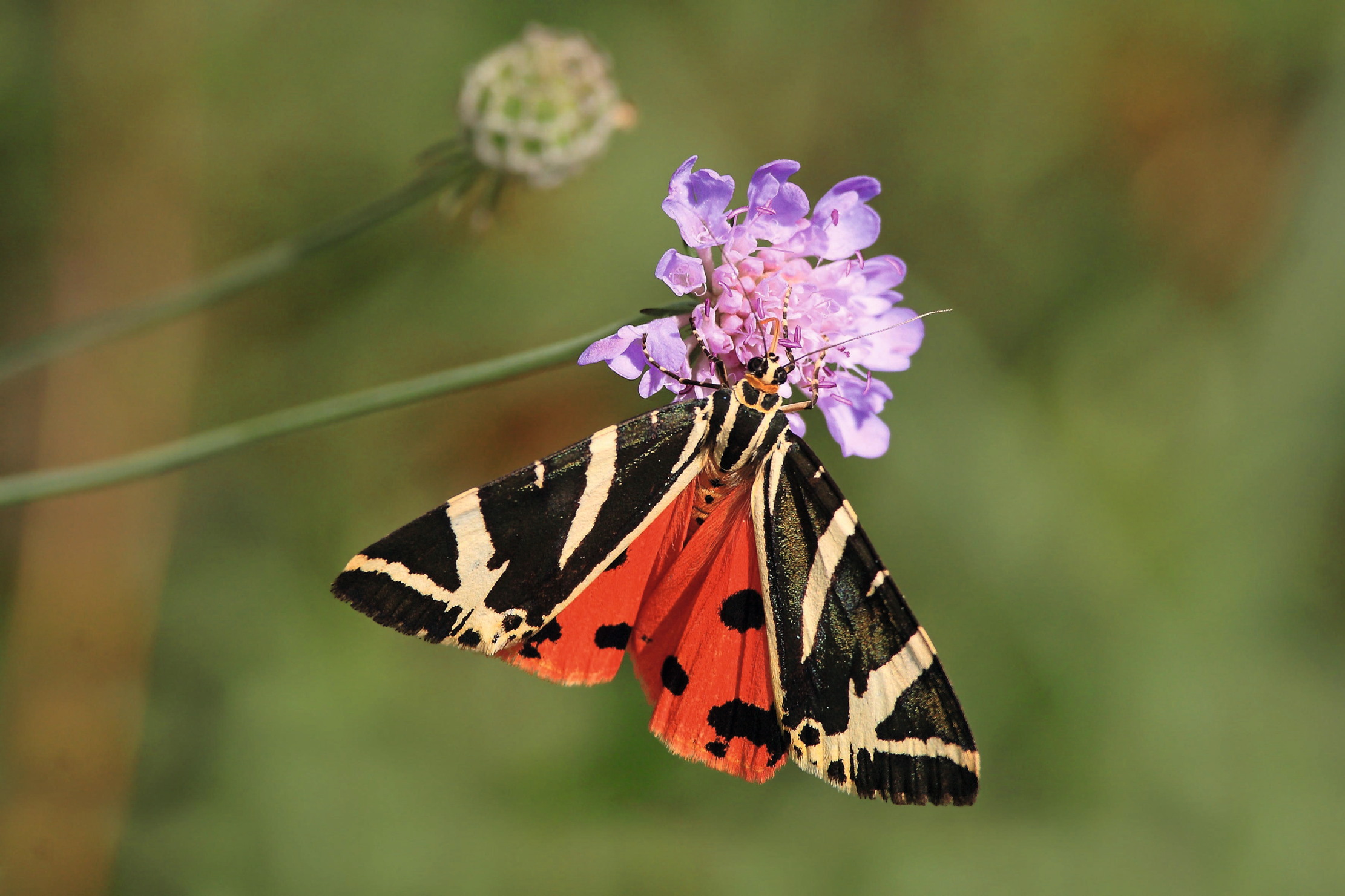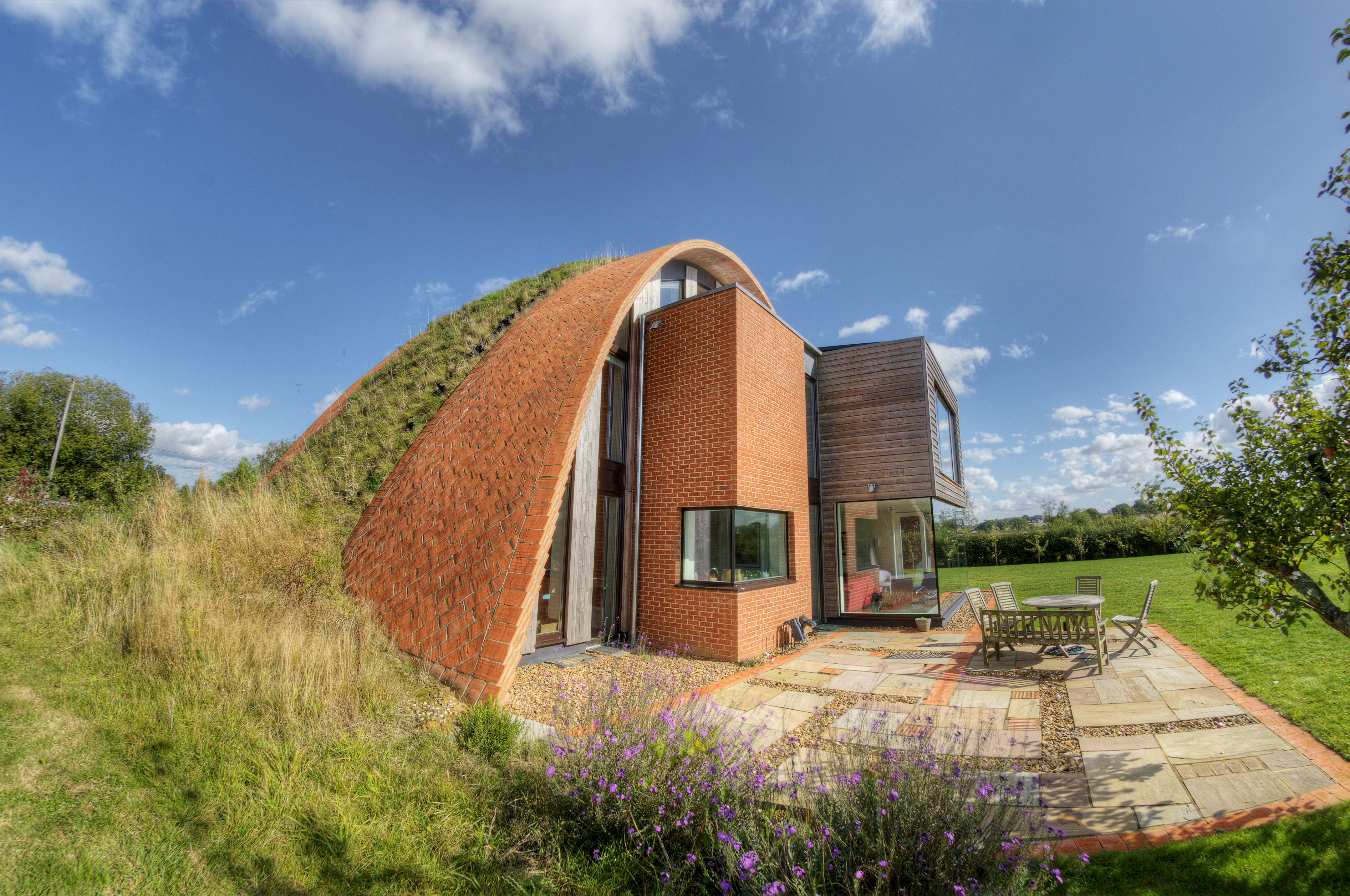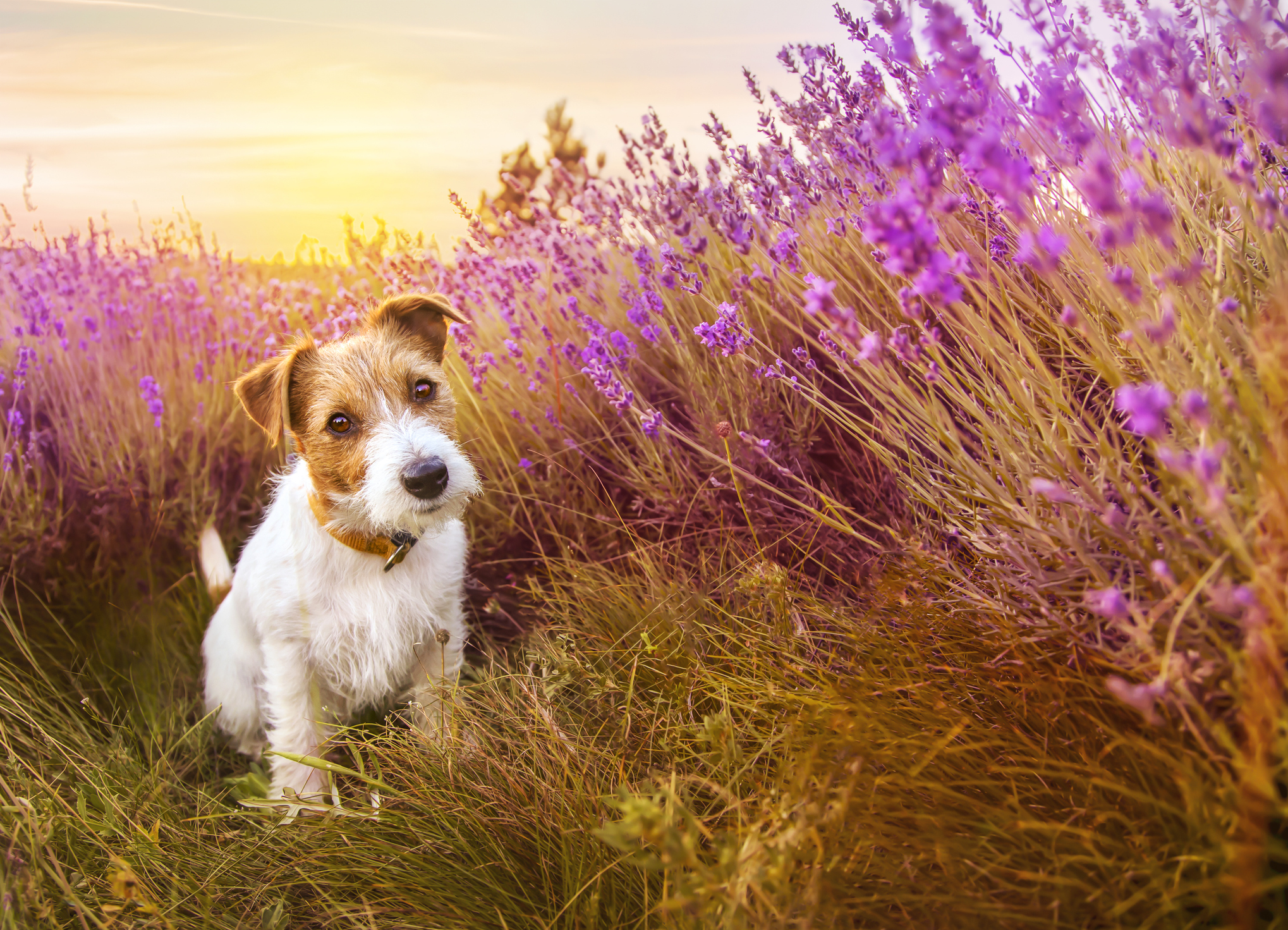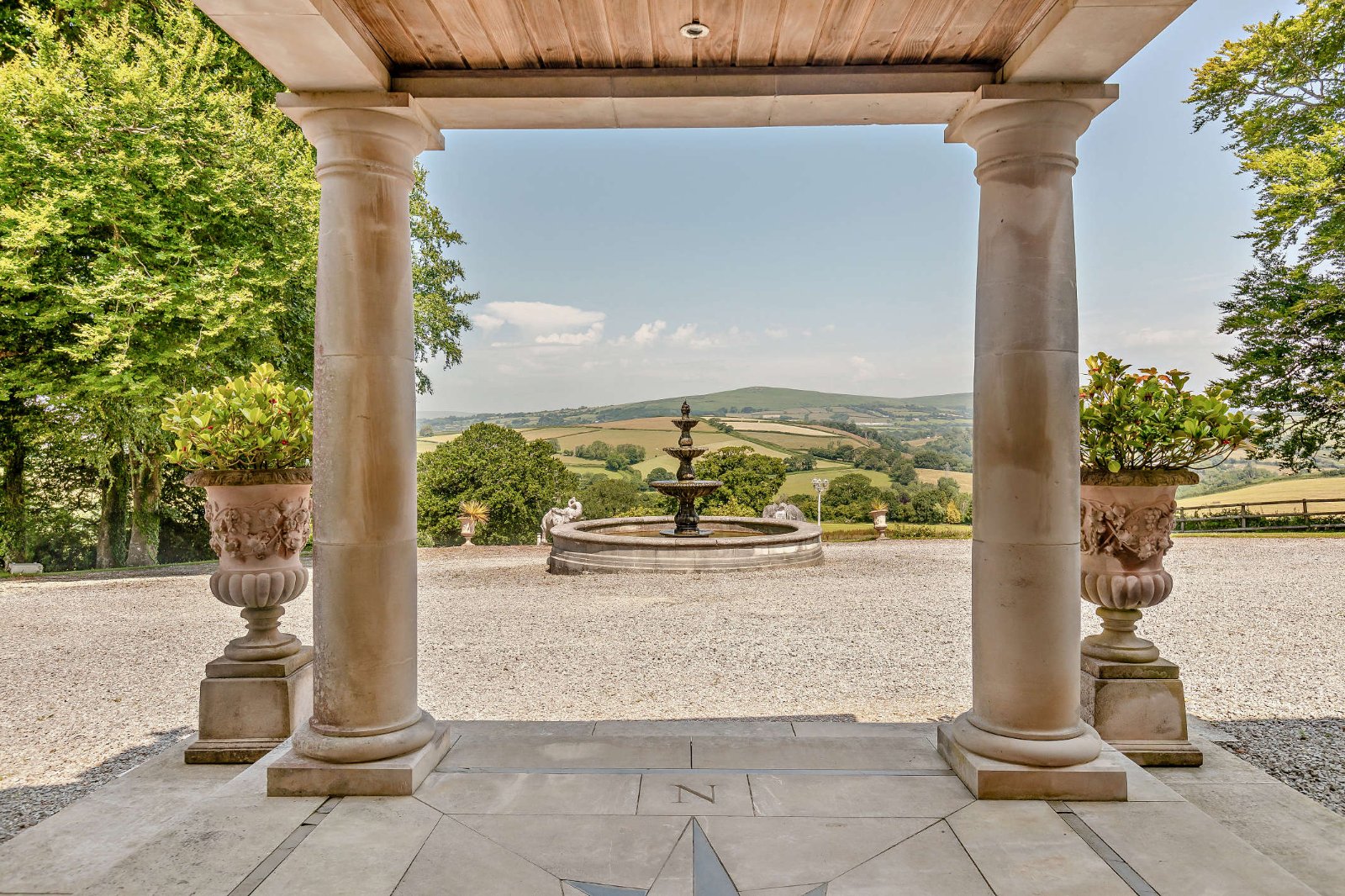Counting butterflies to calm the anxious mind
A new study suggests that taking the time to watch and count butterflies can reduce anxiety, as well as providing vital information in the fight for nature.


We know that when people feel connected to Nature they are more motivated to protect it and we often champion citizen-science projects in these pages. Now, a pioneering study has proven that specifically counting butterflies reduces anxiety by 9%. The research was undertaken by the University of Derby, using Butterfly Conservation’s 2022 Big Butterfly Count as a focus.
‘Even small periods of time spent watching and counting butterflies are beneficial, with the benefits of reduced anxiety and stronger Nature connectedness being the same whether people carried out one 15-minute count or took part multiple times,’ explains lead researcher Dr Carly Butler. ‘This is key in proving that simple, small pockets of time connecting with wildlife and Nature have a profound and beneficial effect on how we feel.’
‘This study is the first to prove that the simple act of looking for and counting butterflies leads to a measurable decrease in anxiety,’ adds Dr Richard Fox, head of science at Butterfly Conservation. ‘We need people to care and we know that being connected to Nature sparks these caring feelings and a desire to do something positive… Simple acts, such as creating wild spaces to provide a haven for wildlife or planting butterfly-friendly plants in pots on a terrace or balcony, can have a positive impact.’
Every year, tens of thousands of people volunteer their time for the Big Butterfly Count, spending 15 minutes in a sunny spot, looking out for common butterflies and day-flying moths — the ensuing data is vital to the charity’s conservation work. The citizen-science survey was launched in 2010 and has become the world's biggest butterfly survey. More than 64,000 people took part in 2022, and this year's event will take place from July 12 to August 4.

The architect whose grand designs bring inspiration and beauty to the British countryside
Richard Hawkes joins James Fisher to talk about architecture, the British landscape, and what it's like to see your own

The RNLI's 200-year journey from being set up in a pub to saving tens of thousands of lives
The brave men and women of the RNLI have been working for two centuries to save the lives of those

Credit: Getty
Exquisite houses, the beauty of Nature, and how to get the most from your life, straight to your inbox.
Who was the original Jack Russell who gave his name to one of Britain's favourite dog breeds?
Kate Green takes a look at the the legacy of Revd John Russell, the man who gave his name to

How Country Life launched the career of Alistair Mackenzie, the architect who created Augusta National's iconic golf course
Alister Mackenzie, the golf course architect who created Augusta National Golf Club, was a GP with an enthusiastic sideline in
Annunciata is director of contemporary art gallery TIN MAN ART and an award-winning journalist specialising in art, culture and property. Previously, she was Country Life’s News & Property Editor. Before that, she worked at The Sunday Times Travel Magazine, researched for a historical biographer and co-founded a literary, art and music festival in Oxfordshire. Lancashire-born, she lives in Hampshire with a husband, two daughters and a mischievous pug.
-
 18 country houses across Britain, from £400,000 to £4 million, as seen in Country Life
18 country houses across Britain, from £400,000 to £4 million, as seen in Country LifeOur look at the homes to come to the market via Country Life this week picks out a charming Kent cottage and an Arts and Crafts house in Leicestershire.
-
 The greatest flowers make the greatest art
The greatest flowers make the greatest artA search for still-life subjects led Kate Friend to some of the greatest gardens and gardeners in the country
